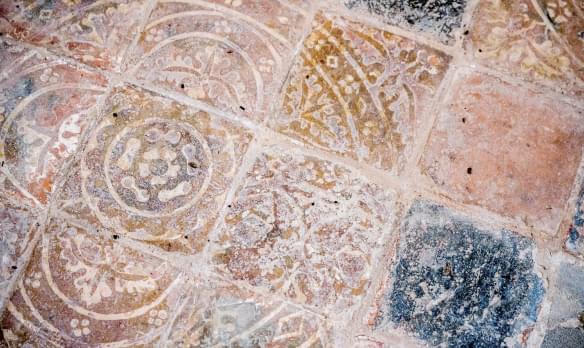
St Botolph
Barton Seagrave, Northamptonshire | NN15 6SR
This is a church for those who enjoy an architectural jigsaw. The exterior gives a clue to the complexity of the game.
Search for a fascinating place to visit, or see the variety of churches, chapels and meeting houses we have supported.

Barton Seagrave, Northamptonshire | NN15 6SR
This is a church for those who enjoy an architectural jigsaw. The exterior gives a clue to the complexity of the game.

Desford, Leicestershire | LE9 9GR
Reference to St Martin’s church occurs in the Matriculus of 1220 when Hugh de Grantmesnil a powerful baron who owned much land in Leicestershire, gave it to the Abbot of Ware, who was Proctor of the monks of St. Evroult in Normandy, France.
We have supported this church

Wood Dalling, Norfolk | NR11 6SN
We have supported this church

Marston Trussell, Northamptonshire | LE16 9TY
We have supported this church

Cawthorne , Yorkshire | S75 4HQ
The earliest reference to a church in Cawthorne can be found in the Domesday Book of 1086, the current church is the third to stand on this site.

Fulford, Yorkshire | YO10 4HJ
A handsome Victorian church with beautiful stained glass windows, superb stone carvings and a fine altar with a gold mosaic.

Murton, Yorkshire | YO19 5UJ
We have supported this church

Lead, Yorkshire | LS24 9QN
The ramblers church.

Harrington, Northamptonshire | NN6 9NX
The church stands some way from the village, isolated but not austere.

Wilburton, Cambridgeshire | CB6 3RQ
We have supported this church

St Ives, Cambridgeshire | PE27 6DG
Beautifully positioned on the north bank of the river Ouse, you cannot fail to be struck by the extremely graceful tower and spire, the excellent proportions are apt to make it seem much higher than it really is.

Raunds, Northamptonshire | NN9 6JB
The church stands on rising ground above the main road and the first thing you see is the great west end tower, richly ornamented, with spire above (the latter replaced in 1821 after a fire).
We have supported this church